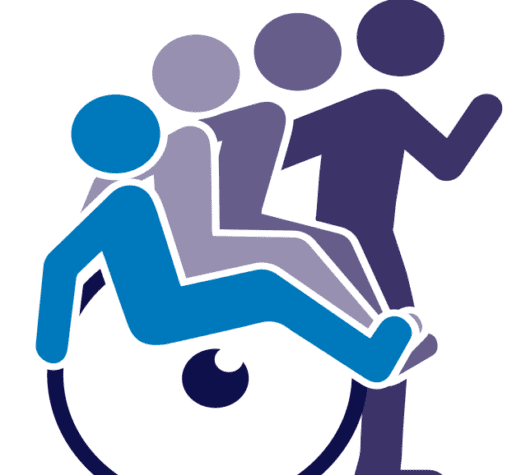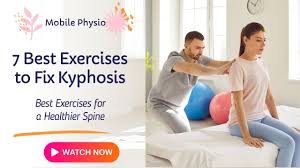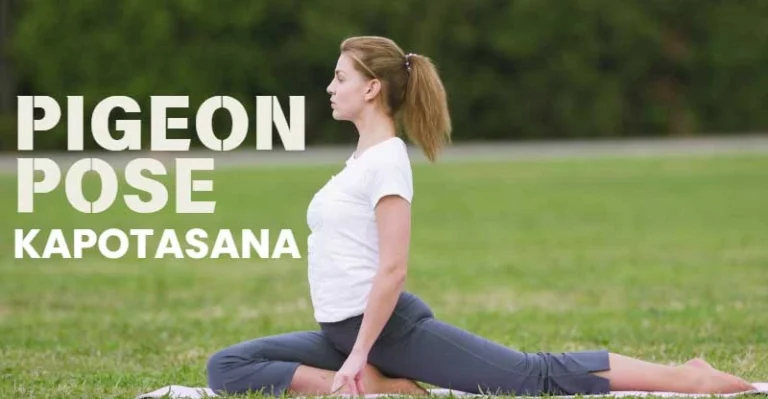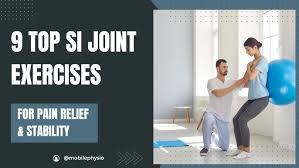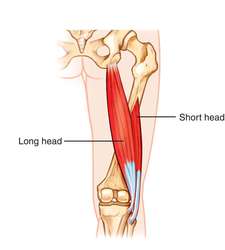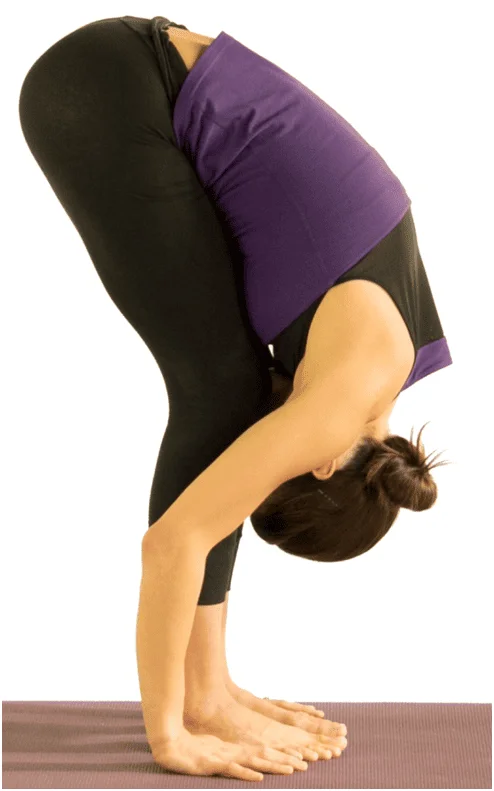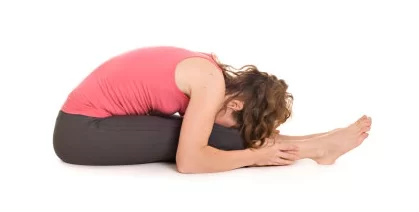7 Best Exercises to Fix Kyphosis and Improve Posture!
Table of Contents
Introduction:
Kyphosis is characterized by poor posture and rounded shoulders, which are frequently caused by prolonged sitting or slouching. In addition to affecting looks, this forward rounding of the upper back over time may cause stiffness, pain, and decreased mobility.
Fortunately, muscle imbalances can be corrected, the back can be strengthened, and appropriate alignment may be restored with the right exercises.
The top 7 exercises to correct kyphosis and enhance posture will be covered in this book, which will help you stand taller, feel stronger, and move more confidently.
Benefits of the Top 7 Kyphosis Exercises:
Regularly performing targeted kyphosis exercises has several health and lifestyle advantages. Extending the tense shoulder and chest regions and strengthening upper and mid-back muscles help progressively straighten the spine’s forward curvature.
Better posture prevents slouching-related pain and tiredness by easing the strain on the neck, shoulders, and lower back. Regular exercise also opens up the chest, improving respiration, balance, and movement.
In addition to improving physical health, improved posture also increases self-esteem, vitality, and general body alignment, which facilitates and eases everyday tasks.
7 Best Exercises to Fix Kyphosis and Improve Posture:
Push-Ups:
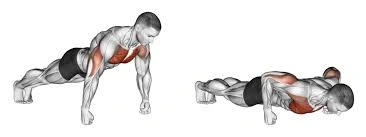
Push-ups are an easy yet effective bodyweight exercise that works the arms and chest while also working the core and upper back. The stabilizing muscles around the shoulders and spine are activated when performing push-ups with good form, which helps offset the effects of forward rounding and slouching. By strengthening the muscles in the front and rear of the body, this exercise helps to improve posture and promote a stronger, more erect upper back.
Thoracic Extension on Foam Roller:
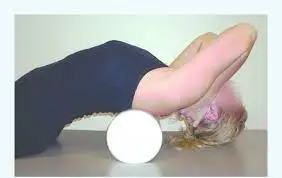
The rounded posture caused by kyphosis can be reversed with this exercise. To combat stiffness from extended sitting or slouching, lie on a foam roller placed across your upper back to loosen up your chest, and gradually stretch your spine.
It promotes healthy spinal alignment, eases shoulder stress, and helps the thoracic spine move more freely. You may increase your general comfort level and straighten your posture with regular practice.
Cat-Cow Stretch:
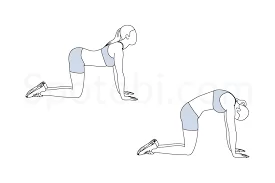
The cat-cow stretch is a mild yoga pose that increases spinal mobility and flexibility. This exercise improves alignment and relieves thoracic pain by switching between arching and rounding the back. Additionally, it promotes healthy breathing, eases neck and shoulder stress, and trains the spine to move smoothly through its natural range of motion.
Regular cat-cow exercises are a great method to maintain the flexibility and health of your back while also reversing the consequences of bad posture.
Bird Dog Exercise:
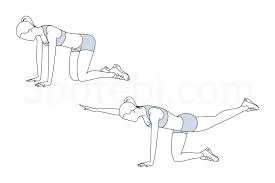
The bird dog is a core-stabilizing exercise that improves balance and coordination while strengthening the deep spinal muscles, glutes, and lower back. You can assist in rectifying slouching-related imbalances by engaging the muscles that support the spine by stretching one arm forward and the opposing leg backward.
This exercise relieves lower back tension, promotes healthy spinal alignment, and increases postural muscular endurance. Regular bird dog practice improves stability and encourages a more confident, erect stance.
Child’s Pose:
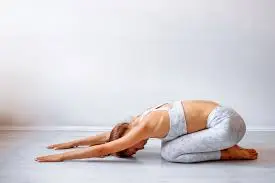
Child’s pose is a healing position that opens the hips, eases shoulder tension, and gradually lengthens the spine. This pose counteracts the rigidity that leads to rounded posture by extending the arms and folding the body forward, which helps relieve tension in the back muscles. It is a great workout to lower stress and improve posture since it also fosters deep breathing, relaxation, and increased spinal flexibility.
Cobra Pose:
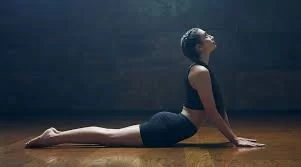
The cobra position is an effective backbend for kyphosis correction because it extends the shoulders and chest and strengthens the spinal extensors. This position prevents forward rounding and promotes good spinal alignment by raising the chest upward while maintaining a grounded pelvis.
It helps reestablish an open, upright posture, eases stiffness from extended sitting, and increases upper back flexibility. Consistently performing the cobra position improves general back health and increases vitality.
Superman Exercise:
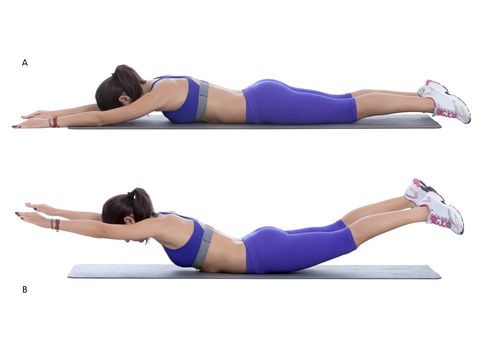
The Superman exercise is a great way to develop the muscles in the lower back, glutes, and upper back, as well as the complete posterior chain. The spinal extensors, which assist in preventing forward rounding and slouching, are activated when you raise your arms, chest, and legs off the floor at the same time.
This exercise encourages a higher, more erect stance, increases spinal stability, and strengthens the postural muscles. The Superman exercise can help maintain long-term spinal health and considerably lessen the symptoms of kyphosis when performed regularly.
Conclusion:
Poor posture and kyphosis are frequently caused by tight chests, weak back muscles, and prolonged slouching. The good news is that you can retrain your body to stand tall, move freely, and feel more confident by regularly performing specific exercises.
The seven basic yet very powerful movements we covered—push-ups, thoracic extension on a foam roller, cat-cow stretch, bird dog, child’s pose, cobra posture, and superman—are great for expanding the chest, strengthening the spine, and enhancing alignment.
You will eventually notice improved posture, less pain, and a higher quality of life if you include them in your routine and remain consistent.
FAQs
Treatment is not necessary for the majority of kyphosis instances.
Postural kyphosis, or kyphosis caused by bad posture, is typically curable with better posture. Treatment for Scheuermann’s kyphosis, which occurs in children due to malformed vertebrae, is contingent upon several circumstances, including the patient’s age.
Although the curvature may not be entirely reversible in situations of structural kyphosis, it can be enhanced with a variety of therapies. Wearing a back brace can help children and teenagers with this issue by straightening their spines and halting the curvature from getting worse.
Depending on the kind and degree of the condition, kyphosis can be reversed with physical treatment that includes back strengthening and stretching exercises, a kids’ back brace, and ergonomic modifications. In extreme situations, the curvature can be corrected with surgery such as spinal fusion. Overall spinal health is also influenced by lifestyle modifications, including quitting smoking and keeping a healthy weight.
Kyphosis is more closely associated with thoracic fractures than lumbar fractures, and it rises as the number of vertebral fractures increases. Women who have repeated thoracic anterior wedge fractures are more likely to exhibit hyperkyphosis.
Increasing posture to reduce the likelihood of kyphosis
While rows or pull-downs strengthen the upper back, exercises like planks focus on the core to avoid slouching. Another useful technique for addressing the lower back and avoiding spinal curvature is the Superman exercise.
This allows you to tilt the seat back without altering the angle of your hips or knees. You may then relax and relieve some of the strain on your spine by doing this. Additionally, you can view more of your surroundings without straining your neck!
Poor posture, or postural kyphosis, is the most prevalent cause of kyphosis, particularly in teenagers. Additional reasons include osteoporosis and other bone abnormalities in the elderly (senile kyphosis), Scheuermann disease (a structural deformity in teenagers), and a variety of medical illnesses such as cancer, neuromuscular disorders, birth defects, or spinal TB.
Thoracic kyphosis angle, thoracic extension strength, and thoracic extension range of motion are all successfully improved by mechanical massage and manual treatment.
The following five exercises can help correct kyphosis: chin tucks to improve neck alignment and posture; Superman Exercise to strengthen the glutes and back extensors; Thoracic Extension on a Foam Roller to improve spinal mobility; and Dumbbell Rows or Resistance Band Rows to strengthen the upper back muscles.
In contrast to a healthy, neutral posture that properly aligns the spine and body parts, the five forms of posture problems—Forward Head, Kyphosis (hunchback), Lordosis (swayback), Flatback, and Swayback—all include aberrant spinal curvature that can cause pain and other symptoms.
Back and neck pain may be avoided or lessened by side sleeping with one leg propped up by bedding or in the fetal position, which is a curled posture. As long as the head and neck are adequately supported by a cushion, some people find that sleeping supine, or flat on their back, can also assist with back pain.
Teenagers between the ages of 12 and 17 are most frequently diagnosed when their parents observe a postural abnormality or “hunchbacked” look. The most frequent cause of kyphotic deformity in teenagers is Scheuermann’s disease.
You may either sleep on your side with a pillow between your knees and one that keeps your head and neck in line with your spine, or you can sleep on your back with a pillow lengthwise beneath your upper back and under your knees to help with kyphosis. Sleeping on your stomach might make your posture worse, so avoid it. For individualized guidance and exercises to improve your neck and back, you should also make sure your mattress is supportive and speak with a physician or physical therapist.
The kyphosis may require surgery to rectify. The spinal fusion operation is the most often performed. The spinal bones are secured in place during this treatment by the surgeon using metal rods and screws. Surgery is typically not required to treat compression fractures.
In actuality, postural kyphosis may be readily fixed with little retraining on correct sitting and standing techniques, as well as education about good posture. Exercise, bracing, and casting are not required components of treatment. Nonetheless, maintaining good posture can be aided by strengthening the back muscles.
Because they increase spinal mobility and strengthen the back and chest muscles, asanas like Cobra Pose (Bhujangasana), Bow Pose (Dhanurasana), and Camel Pose (Ustrasana) might aid with kyphosis. By strengthening the back and mobilizing the spine, other positions like Bridge Pose (Setu Bandha Sarvangasana) and Cat-Cow (Marjaryasana-Bitilasana) also aid. Before beginning a new workout regimen for kyphosis, always get medical advice because the condition’s severity and etiology might vary.
Non-surgical treatments for kyphosis
Aggressive therapy is not necessary for most children with Scheuermann’s kyphosis and postural kyphosis. Physical therapy, bracing, observation, and monitoring are some of the possible treatments for them.
The following five exercises can help correct kyphosis: chin tucks to improve neck alignment and posture; Superman Exercise to strengthen the glutes and back extensors; Thoracic Extension on a Foam Roller to improve spinal mobility; and Dumbbell Rows or Resistance Band Rows to strengthen the upper back muscles.
Stretches like the chest opener and Superman exercise, mobility activities like thoracic spine foam rolling and scapular wall slides, and strengthening exercises like shoulder blade squeezes, chin tucks, and bridges are all effective ways to treat kyphosis. Try to incorporate these workouts into your weekly program along with stretching, posture correction, and warm-up.
References:
- Freutel, N. (2023, May 26). Kyphosis exercises to treat a rounded upper back. Healthline. https://www.healthline.com/health/exercise-fitness/kyphosis-exercises
- Physio, S. (n.d.). Best 5 ways to reduce Kyphosis – Surrey Physio. Surrey Physio. https://www.surreyphysio.co.uk/top-5/best-5-ways-to-reduce-kyphosis/
- WebMD Editorial Contributor. (2025a, July 12). Exercises to reduce Kyphosis. WebMD. https://www.webmd.com/back-pain/exercises-reduce-kyphosis
- Kyphosis. (2025, September 4). Cleveland Clinic. https://my.clevelandclinic.org/health/diseases/17671-kyphosis
- 10 best home exercises you can do to overcome Kyphosis – Chiropractor, Wyoming, MN. (n.d.). Chiropractor, Wyoming, MN. https://dayspringfamilywellness.com/10-best-home-exercises-you-can-do-to-overcome-kyphosis/
- Bhatt, D. (n.d.). Kyphosis exercises for the back. https://www.apollo247.com/health-topics/kyphosis/kyphosis-exercises-for-back
